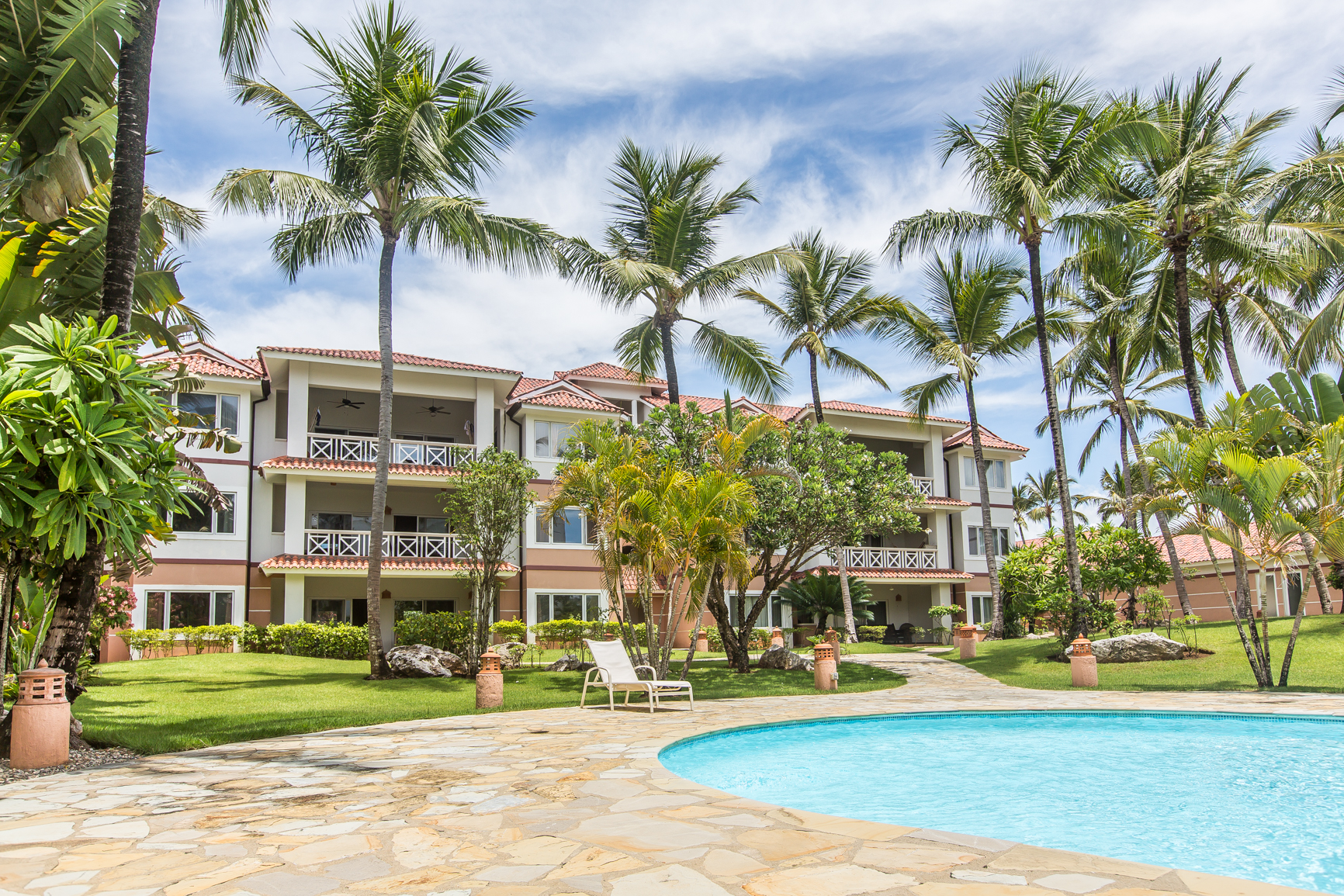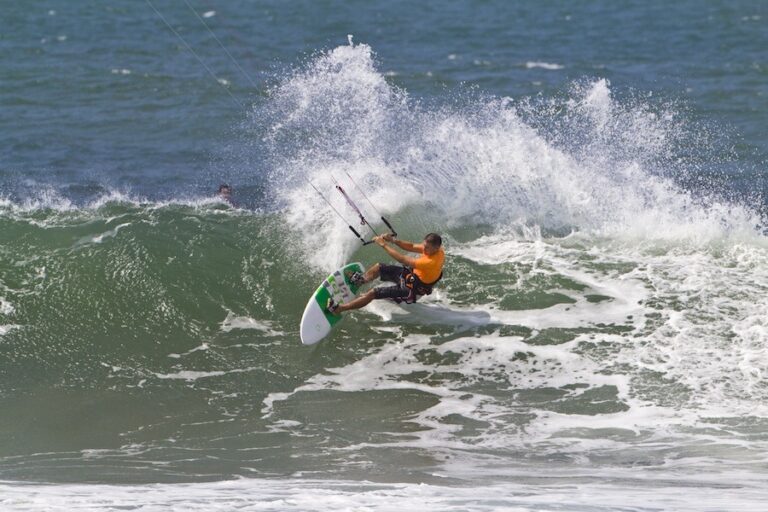located on the island of Hispaniola
Dominican Republic is a country located on the island of Hispaniola in the Greater Antilles archipelago of the Caribbean region. It occupies the eastern five-eighths of the island, which it shares with the nation of Haiti, making Hispaniola one of two Caribbean islands, along with Trinidad and Tobago, that are shared by two sovereign states. The Dominican Republic is the second-largest Caribbean nation by area (after Cuba) at 48,671 square kilometers (18,815 sq mi), and third by population with 10 million people, of which approximately three million live in the metropolitan area of Santo Domingo, the capital city.
The Dominican Republic’s history began with the arrival of Christopher Columbus on December 5, 1492, who claimed the island for Spain. The native Taíno people, who had inhabited the island for centuries, were forcibly enslaved and succumbed to diseases brought by the Spaniards. In the early 16th century, the Spaniards built the first European settlements in the Americas here, which became known as Santo Domingo, the capital of the captaincy general of Santo Domingo and of the Spanish West Indies. It was also the first seat of the Spanish colonial rule in the New World. After more than three hundred years of Spanish rule the Dominican people declared independence in November 1821 but were forcefully annexed by their more powerful neighbor Haiti in February 1822.
After the 1844 victory in the Dominican War of Independence against Haitian rule the country fell again under Spanish colonial rule until the Dominican War of Restoration of 1865. The United States occupation of 1916–1924 initiated a period of stability and economic prosperity. The Great Depression of the 1930s caused hardship, but the country’s economic fortunes changed greatly in the early 1940s when it became the site of heavy U.S. investment in defense industries during World War II. The 1973 oil crisis and its aftermath had negative effects on the economy, but the subsequent rise in global commodity prices helped increase GDP growth to 5.5% per year in 1980–1985.
The Dominican Republic is a middle-income developing country with an economy primarily dependent on agriculture, mining, trade, and services. The country is the site of the Americas’ oldest cathedral, the Cathedral of Santa María la Menor, and the Caribbean’s first university, the Universidad Santo Tomás de Aquino. Santo Domingo serves





Leave a Reply